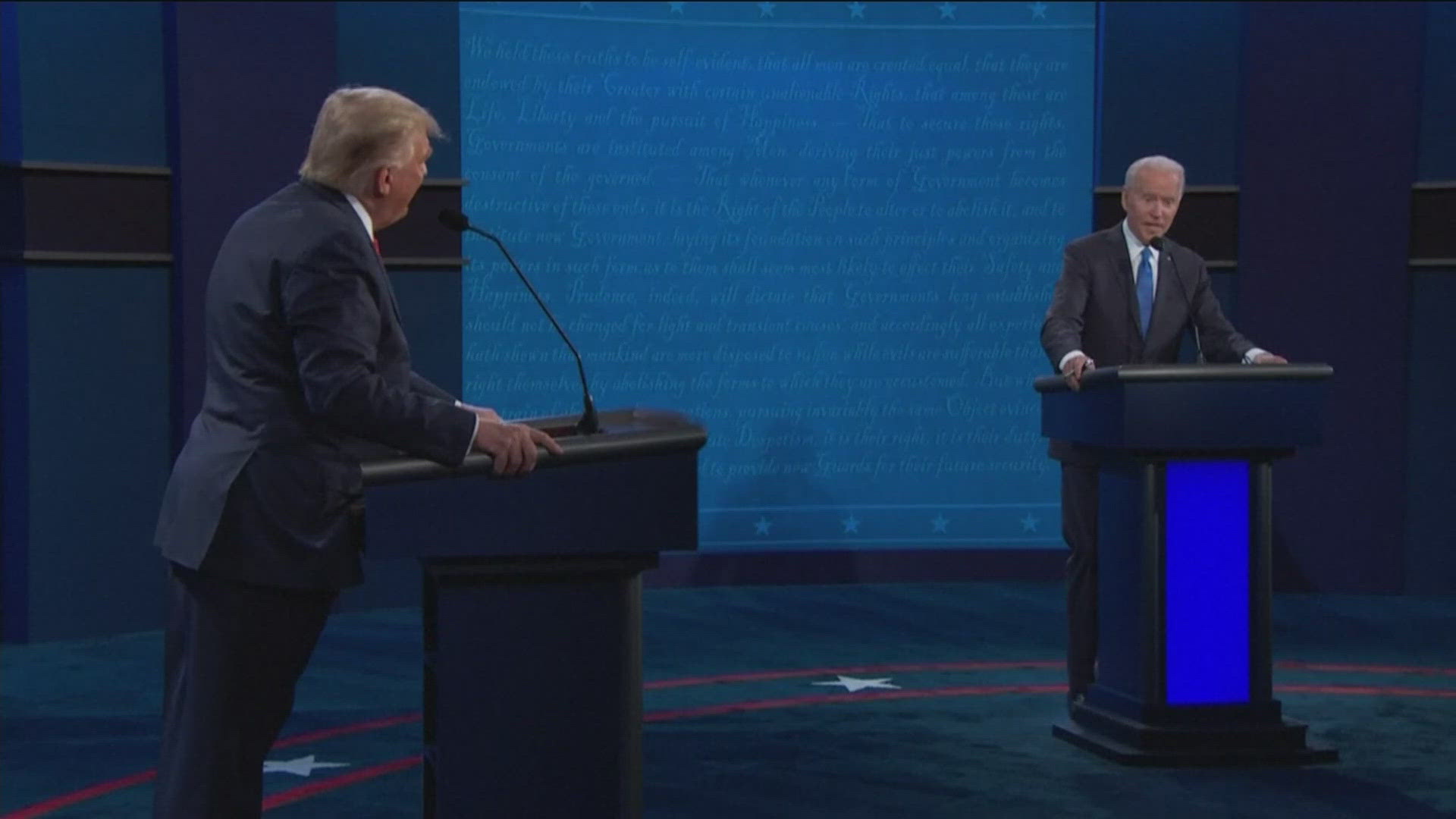The government's latest jobs report Friday undercut President Trump's argument that legal immigration should be cut in half because low-skilled foreign workers are taking jobs from native-born Americans and driving down their wages.
The Labor Department said 209,000 new jobs were created in July, driving down the unemployment rate to 4.3%, matching a 16-year low set in May. The jobless rate for whites was 3.8%, so low that economists consider the number virtually full employment for that group.
The July report was the 82nd consecutive month of net job gains, a record at a time of increased legal immigration.
The average hourly earnings for U.S. workers also continued increasing, rising 2.5% for the year and outpacing inflation. Wage growth has been far higher in the past decades, but immigration experts and economists said numerous studies conclude that immigrants are not the cause of stagnant wages.
"The foundation of what they're (the Trump administration) arguing does not work out in the real world," said Alex Nowrasteh, an economist and immigration policy analyst at the libertarian Cato Institute.
Many studies blame corporate drives for profitability and competition from low-wage countries as the main culprits for stagnant wages for those at the bottom of the pay scale.
White House adviser Stephen Miller said Wednesday that Trump wants to cut the number of immigrants admitted into the United States from 1 million a year to 500,000 because low-skilled foreigners take jobs away from low-skilled Americans.


Citing research conducted by the Center for Immigration Studies, a group that advocates for lower immigration, Miller said nearly 1 in 4 Americans between the ages of 25 and 54 are unemployed, a rate he said is even higher for Hispanics and African-Americans.
"If you look at the premise of bringing in low-skilled labor, it's based on the idea that there's a labor shortage for lower-skilled jobs. There's not," Miller said during a White House briefing. "At some point, we're accountable to reality."
Employment: U.S. adds a robust 209,000 jobs in July
More: Sweeping Trump plan to upend and slash legal immigration draws rebukes
Policy: Merit-based immigration could upend industries
That claim is highly misleading, said Mark Zandi, chief economist at Moody's Analytics, because Miller was including millions of people who are not looking for work, such as those who are in school, disabled, retired or in jail. Others have simply given up looking for jobs.
All told, the actual number of Americans who are out of work but actively seeking jobs is closer to 1.6 million, a tiny fraction of the U.S. population and near historic lows, Zandi said.
Nowrasteh said Miller's claim also is disputed by recent history. When the Great Recession hit in 2007-09, the flow of undocumented immigrants entering the country plummeted. In fact, more Mexicans were returning to Mexico than coming to the U.S., according to data from the Pew Research Center.
Based on Miller's argument, that should have led to a surge in Americans getting back to work. It did not.
"Decreasing the number of people in the United States by decreasing immigration decreases (consumer) demand," which, in turn, reduces jobs, Nowrasteh said.
Trump's other claim that low-skilled immigrants drive down the wages of native-born Americans is not borne out despite intense economic scrutiny.
The income of low-skilled workers in the U.S. has indeed dropped in recent decades. From 1979 to 2013, the average wage of workers in the bottom 10 percentile of incomes fell by 5%, after adjusting for inflation, while wages rose an average 6% for middle-income workers and 41% for high-income earners, according to a report from the Economic Policy Institute.
Yet studies have not been able to pin the drop for low-wage workers on immigration.
Some have found very small negative impacts on native-born Americans’ wages, while others have found that immigrants actually boost wages slightly because they tend to buoy a region’s overall economy.
Workers who experienced any negative effects were most likely to be earlier immigrants or U.S.-born workers who haven’t completed high school since they’re the closest substitutes for immigrant workers, according to a landmark study on the economic impacts of immigration conducted by the National Academies of Science, Engineering and Medicine last year.
The study concluded that "the impact of immigration on the wages of natives overall is very small."
Trump cited that study during his first address to Congress in January, but he only chose one statistic from the study: that first-generation immigrants cost U.S. taxpayers $57.4 billion a year. Trump left out the next part of that study, which found that second-generation immigrants provided an economic boost of $30.5 billion and third-generation immigrants created a $223.8 billion gain.
The positive contribution of immigrants was underscored this year in a letter signed by 1,470 economists delivered to Trump and Republican leaders in Congress. The group acknowledged that in the short run, immigrants can prove harmful for some American businesses and American workers with lower levels of education.
"But the benefits that immigration brings to society far outweigh their costs, and smart immigration policy could better maximize the benefits of immigration while reducing the costs," the economists concluded.
Contributing: Paul Davisdon



